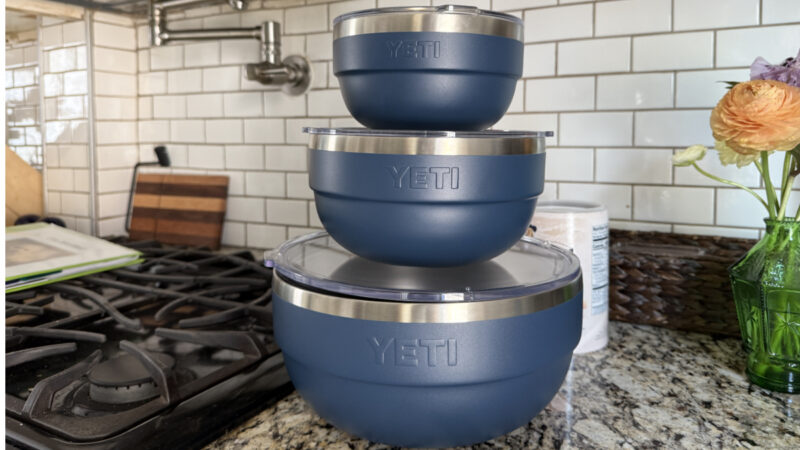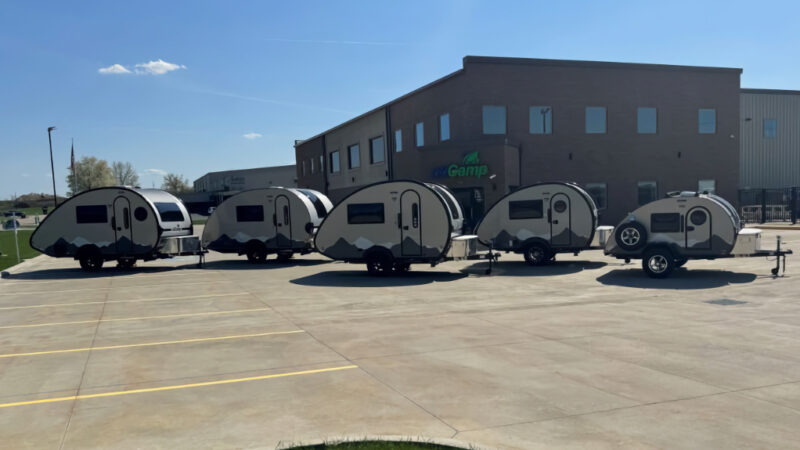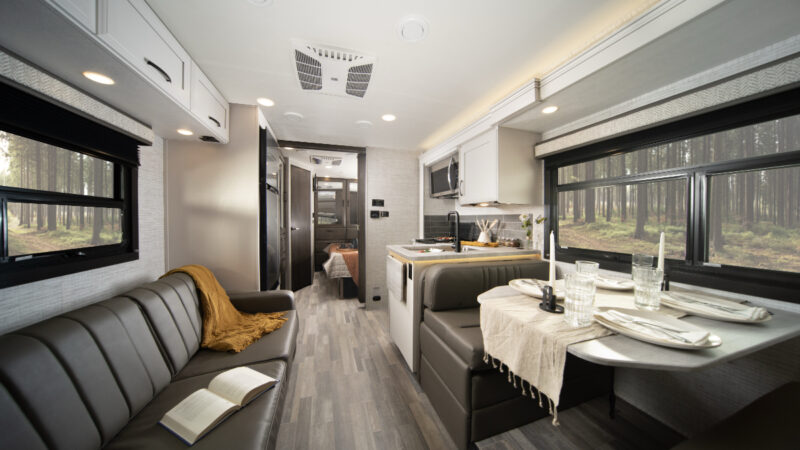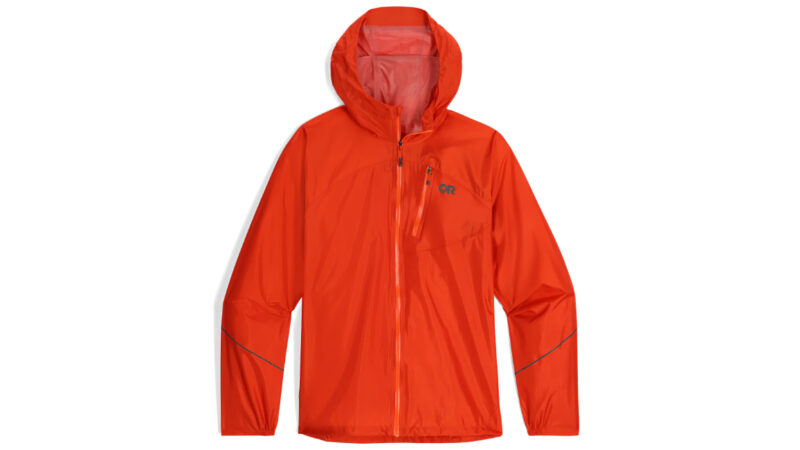Shop Talk: The Teardrop From Tomorrow
| Shop: Polydrops | Location: Glendale, CA | Founded: 2017 | Specialty: Teardrop Trailers |
Kyunghyun Lew never set out to build a revolutionary camper. He certainly didn’t plan on designing what he calls a “Yeti cooler on wheels.” In fact, when he moved from South Korea to study at the Southern California Institute of Architecture in 2015, he did so in search of a more hands-on approach to building and, one day, a job at an American firm. But California living wasn’t cheap. His shared apartment was small, and he needed a space to relax. So, he bought a used single-axle flatbed trailer, and started building from scratch in the school’s parking lot.
“It was my study space,” Lew recalls. “The school hated it. They told me this was not an RV park.” But one professor encouraged Lew to explore nomadic life with his thesis project. And over the course of two years, he built the first iteration of the Polydrops trailer, a teardrop light enough to be pulled by compact electric vehicles, energy-efficient enough to attract venture capital funding.
Now, with his co-founder and wife Jieun and a small staff at a warehouse in Glendale, CA, Lew is designing some of the most innovative tow-behinds on the market.
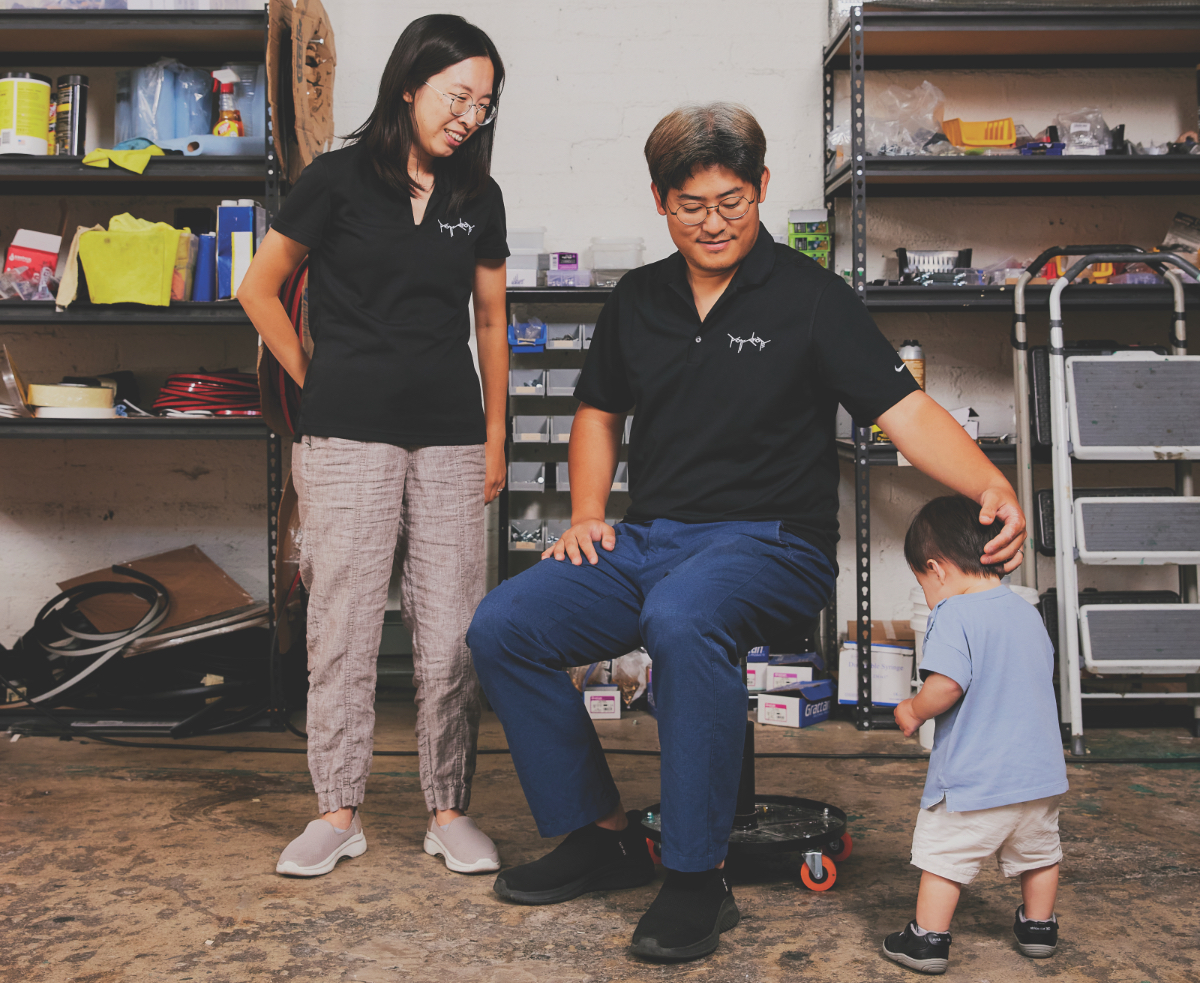
Photo Credit: Jenelle Fong
Wildsam: As you set out to build the original Polydrops trailer, what influenced the design?
Lew: My biggest inspiration came from the aesthetics of military equipment. My grandfather was a general in the South Korean army. I spent a lot of time with him when I was really young, and he told me about lots of military equipment. He fought against North Korea, Japan and Vietnam. I like the history of military equipment, and I’m interested in how some of it has evolved. When I was designing these trailers, I was thinking: “What will the purpose be?” I just wanted somewhere to be safe—similar to the goal of armored vehicles that are designed to protect the passenger inside. So, why not follow their aesthetics? That’s why we polygonized the design—and that’s where the name came from.
WS: The XP19 trailer can be towed by small cars and electric vehicles. Was that a goal from the beginning?
Lew: Actually, when I started building these, I was a total petrol head. I put a hitch on a used Chevy Corvette—that’s how I towed my first trailer. But when Tesla’s Cybertruck came out, I realized the design aesthetics were similar to what I was building. I took a business trip to Texas shortly after, drove some Tesla vehicles, and my jaw dropped. It’s a totally different approach to storing energy, and I fell in love with that. So we started designing with those kinds of vehicles in mind. Our XP19 trailer weighs only about 1,000 pounds, so you can tow it with a Tesla Model 3 or even some Mini Coopers. We actually have a lot of Subaru owners in our customer pool.
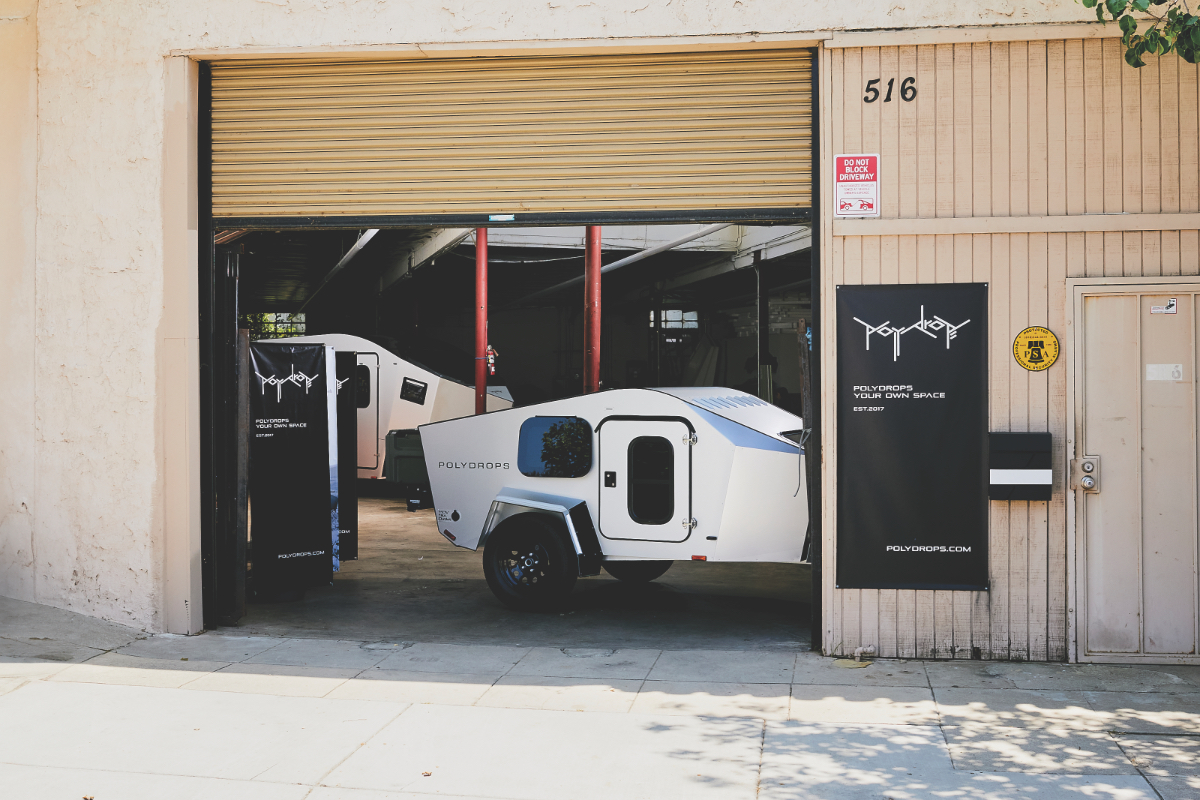
Photo Credit: Jenelle Fong
WS: What else have you done to make your builds more energy efficient?
Lew: It hit me that we were creating a space which people might use to stay away from the power grid for a long time. The XP19 has two 230-watt solar panels on the top, which is quite a lot of power. That charges the EcoFlow air conditioning unit and heat pump, so you can have full climate control. We also insulated the walls with two-inch foam and eliminated all thermal bridges, so it’s completely efficient, like a cooler. We’ve also made the exterior more aerodynamic. The kitchen unit attached to the back actually doubles as a spoiler.
WS: What are you hearing?
Lew: When people buy the trailer, they love it. The size of the mattress is 54 by 80 inches—it’s a full-size bed, perfect for couples. We also have 13 inches of ground clearance on the XP19, which is more than many other trailers and vehicles, and the aluminum frame is very strong. Depending on what kind of recreation you’re interested in, you can even swap out the kitchen mount for a bike rack. There’s definitely a trend where customers are looking for more space, so that’s why we designed our bigger model, the P21. It’s similar in that the things we focus on are not necessarily visible; it’s the things you can’t see that create the experience.
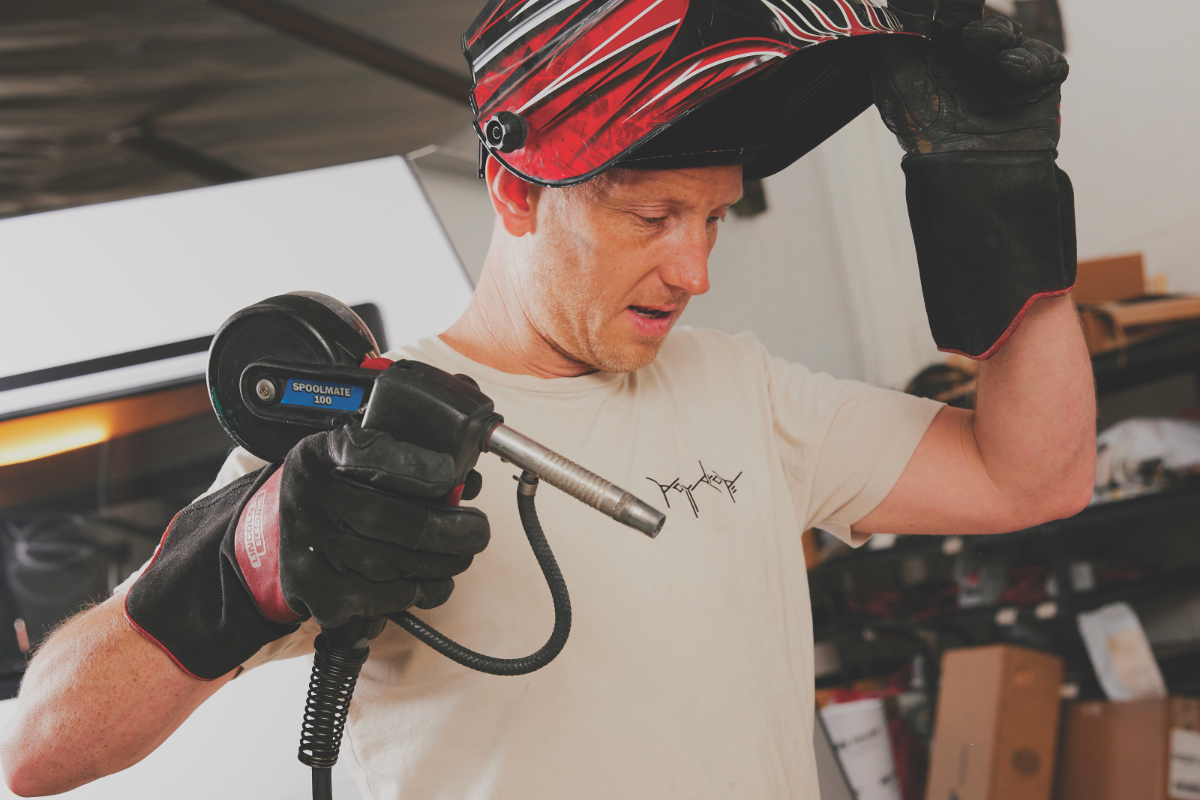
Photo Credit: Jenelle Fong
The Many Sides of Polydrops
1. The company’s P19 Shorty model looks like nothing so much as an aerodynamic queen-sized bunk on wheels. But the sleeping space converts to a work space, and a compact kitchen add-on, incorporated with an added hitch, make it three rooms in one.
2. The P21’s standard storage space likewise converts to a full-service kitchen with a suite of optional added gear: induction stove, microwave, Dometic fridge.
3. One selling point of the P17A1—starting price $45,990, by the way—is that its aerodynamic form reduces the drag that can significantly lower the range of EVs used as tow vehicles.
This article originally appeared in Wildsam magazine. For more Wildsam content, sign up for our newsletter.
The post Shop Talk: The Teardrop From Tomorrow appeared first on RV.com.
Source: https://www.rv.com/servicing-care/diy-how-to/shop-talk-the-teardrop-from-tomorrow/



